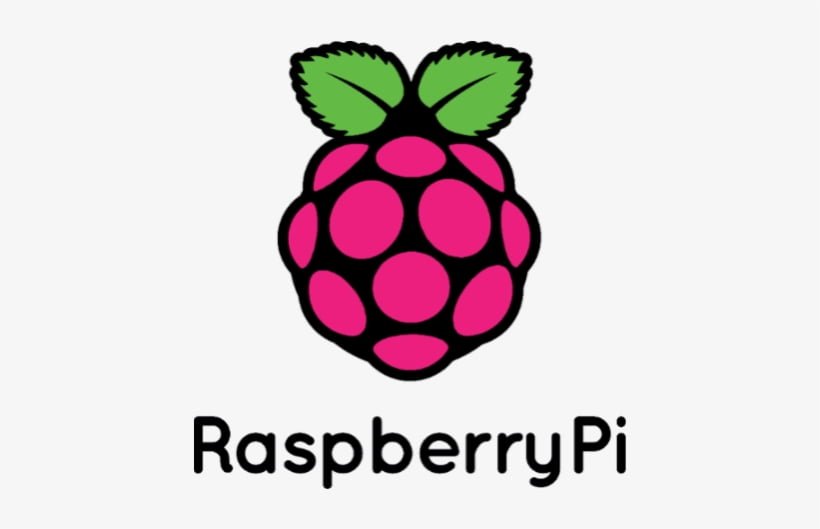
Step-by-Step Guide: Installing Raspberry Pi OS on Your Raspberry Pi
The Raspberry Pi is an incredibly versatile and compact computer that can be used for a wide range of projects. Whether you’re a beginner or an experienced enthusiast, getting started with the Raspberry Pi OS is the first step on your journey to exploring its endless possibilities. In this comprehensive guide, we’ll walk you through the process of installing the Raspberry Pi OS on your Raspberry Pi, ensuring you have a solid foundation to build upon.
What You’ll Need
Before we dive into the installation process, make sure you have the following essentials ready:
Raspberry Pi: Any model of the Raspberry Pi will do, but ensure you have the correct power supply.
MicroSD Card: A high-quality microSD card with at least 16GB of storage capacity is recommended.
Computer: You’ll need a computer with an SD card reader to write the OS to the microSD card.
MicroSD Card Reader: If your computer doesn’t have an SD card reader, you’ll need an external microSD card reader.
Internet Connection: You’ll need an internet connection to download the Raspberry Pi OS.
Choosing the Right OS
Raspberry Pi offers various operating systems, but for most users, the Raspberry Pi OS (formerly Raspbian) is an excellent choice. It’s optimized for the Pi’s hardware and comes with a wide range of pre-installed software. Head over to the official Raspberry Pi website to download the latest version of the Raspberry Pi OS.
Installing Raspberry Pi OS
Download Raspberry Pi Imager: Start by downloading and installing the Raspberry Pi Imager on your computer. This tool simplifies the process of writing the OS to the microSD card.
Insert the MicroSD Card: Insert the microSD card into your computer’s SD card reader or an external card reader.
Open Raspberry Pi Imager: Launch the Raspberry Pi Imager and choose the Raspberry Pi OS from the available options.
Select the MicroSD Card: In the Imager, select the microSD card you inserted.
Write the OS: Click on the “Write” button, and the Imager will download the OS image and write it to the microSD card. This process may take a few minutes.
Configure Wi-Fi and More: After the OS is written to the microSD card, open the “boot” partition (the only visible partition on most computers), and you can configure your Wi-Fi, keyboard layout, and other settings by editing the “wpa_supplicant.conf” and “config.txt” files.
First Boot: Safely eject the microSD card, insert it into your Raspberry Pi, and power it up. The first boot may take a little longer as the system configures itself.
You’ve successfully installed the Raspberry Pi OS on your Raspberry Pi. Now, you’re ready to explore the world of DIY projects, coding, and innovation.
Conclusion
Congratulations on successfully installing the Raspberry Pi OS on your Raspberry Pi! You’ve now taken your first step into the remarkable world of this tiny, yet powerful computer. Whether you’re on a quest to learn programming, build innovative projects, or simply have some tech-inspired fun, your Raspberry Pi is ready to help you on your journey.
In the upcoming guides, we’ll explore more advanced topics, customize your Raspberry Pi environment, introduce you to exciting software, and guide you through fun and educational projects. Remember, with the Raspberry Pi, the possibilities are limited only by your creativity and imagination.
Stay tuned for more Raspberry Pi adventures, and feel free to share your experiences and projects with the vibrant Raspberry Pi community. With your newfound knowledge, you’re well-equipped to make the most of this incredible platform. Happy tinkering, coding, and creating!
That’s All Folks!
You can explore more of our Raspberry Pi guides here: Raspberry Pi for Beginners
Unlock the Possibilities
We have put together a list of some great Raspberry Pi products and deals: Shop Raspberry Pi Goodies Now!
